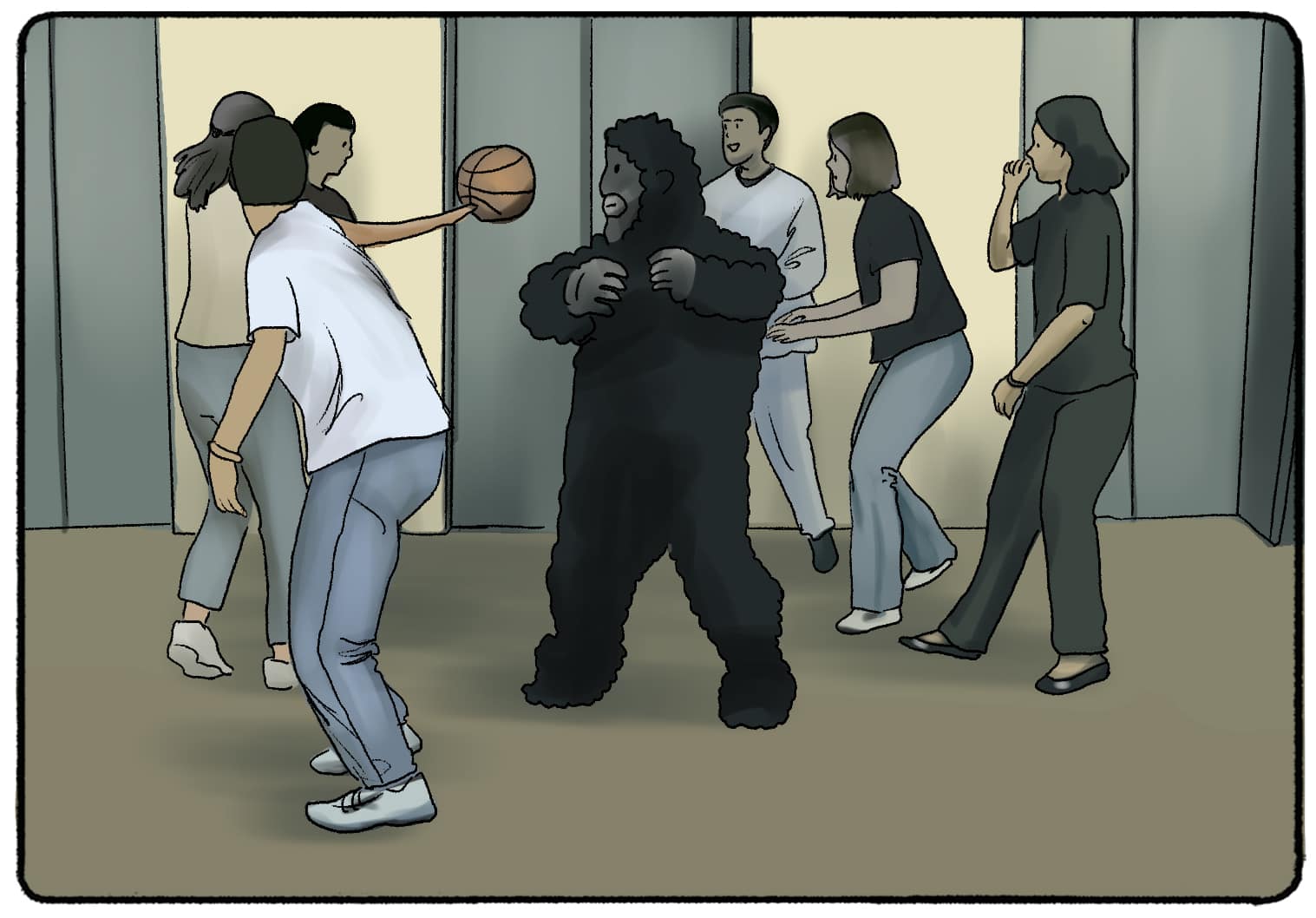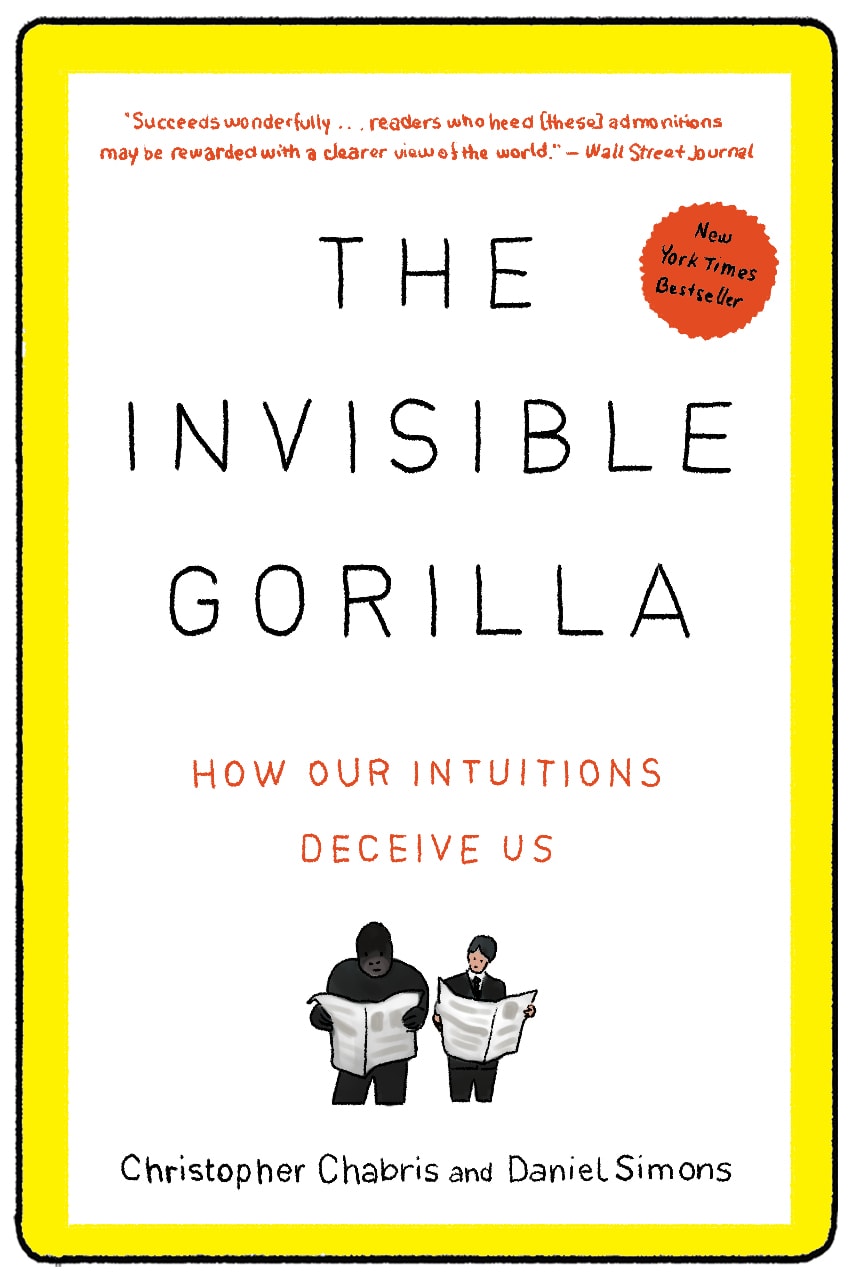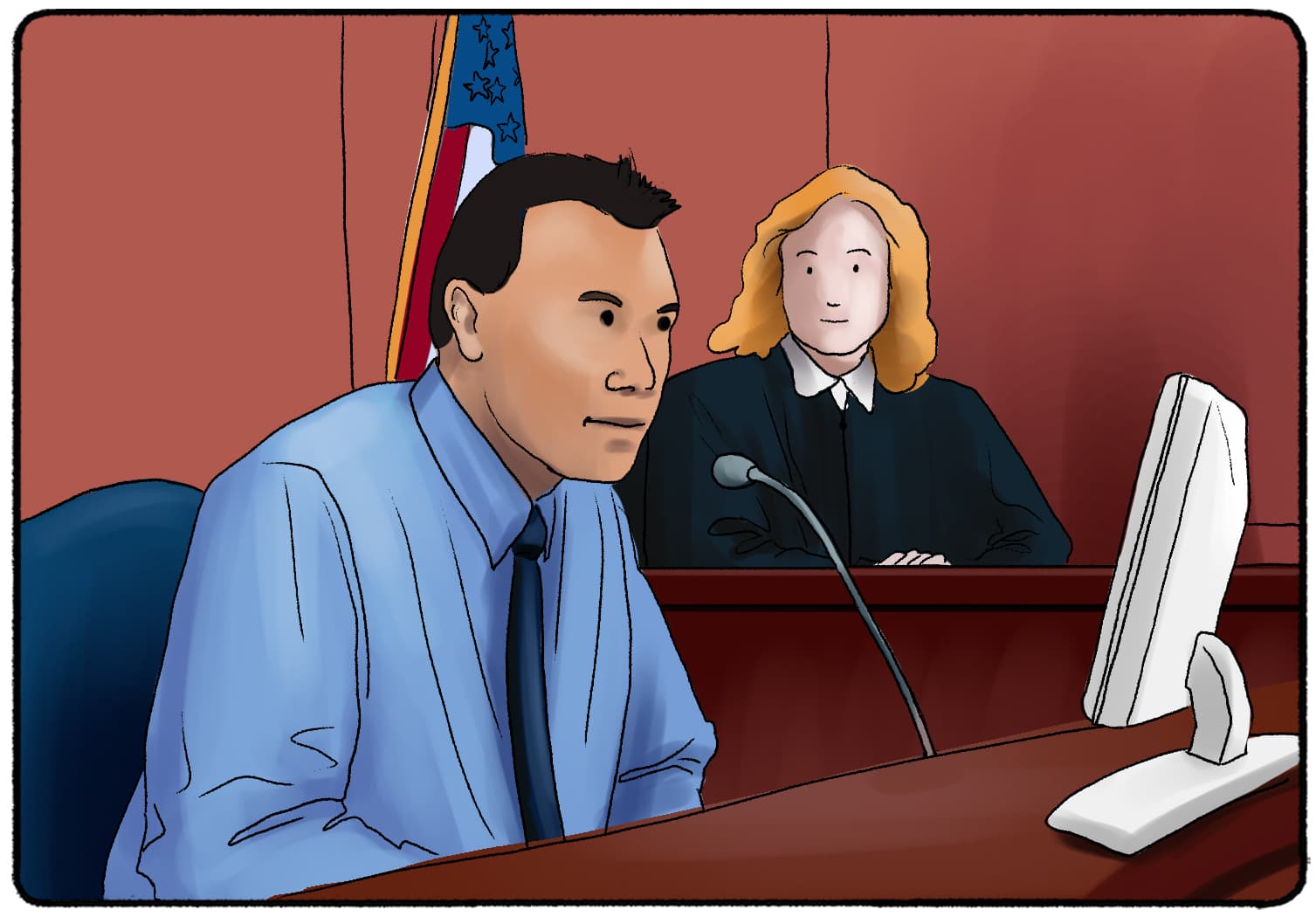If you're here, you probably already know a bit about the Invisible Gorilla video and how it relates to attention. Did you know this experiment supports a fascinating concept called "inattentional blindness?"
What Is The Invisible Gorilla Experiment?

In 1999, Chris Chabris and Dan Simons conducted an experiment known as the “Invisible Gorilla Experiment.” They told participants they would watch a video of people passing around basketballs. In the middle of the video, a person in a gorilla suit walked through the circle momentarily.
The researchers asked participants if they would see the gorilla. Of course, they would, right? Not so fast. Before the researchers asked participants to watch the video, they asked them to count how many times people in the white shirts passed the basketball. In this initial experiment, 50% of the participants failed to see the gorilla!
The Invisible Gorilla and Inattentional Blindness
This case supports the existence of inattentional blindness (also known as perceptual blindness.) Chabris and Simons describe the research into this phenomenon in their 2010 book The Invisible Gorilla: How Our Intuitions Deceive Us. The book also describes the serious effect inattentional blindness can have on court cases, our perception of ourselves, and even life and death.

We don’t think that we fail to notice things. After all, if we fail to notice something...we go about our day without noticing that we didn’t notice something. The gorilla experiment shakes this idea up and often makes people uncomfortable.
What is Inattentional Blindness?
Inattentional blindness is a type of blindness that has nothing to do with your ability to see. It has to do with your ability to pay attention to unexpected stimuli. If your capacity is limited to one task or set of stimuli, you may fail to see the unexpected stimuli, even if it’s right in front of you.
Chabris and Simons were not the first psychologists to research this phenomenon. Arien Mack and Irvin Rock coined the term “inattentional blindness” in 1992 and published a book on the phenomenon six years later.
No one expects to see a gorilla walk into a group of people throwing basketballs at each other. (In a similar experiment, Chabris and Simons replaced the gorilla suit with a person carrying an umbrella - inattentional blindness still occurred.) So many people, while focused on a task, don’t.
This experiment shows that sometimes, we literally can’t see things that are right in front of us. Throughout their book, Chabris and Simons discuss the flip side of this. We believe that we see the people passing the basketball.
Inattentional blindness is slightly different than change blindness, which is a type of "blindness" that occurs when we fail to see changes in our environment.
Our memories can be tricky, especially when asked to recall them. We may also believe that we saw or experienced things that have never actually occurred. Both situations can play a role in, for example, the justice system.
Can Multitasking Cause Inattentional Blindness?
Not really; it's closer to the opposite! A Reddit user recently posted that people with ADHD are more likely to see the gorilla, supporting the idea that "focus" is what "blinds" people from the gorilla.
Kenny Conley and Inattentional Blindness
During their research, Chabris and Simons met with Kenny Conley. Conley was a member of the Boston Police Department in 1995. One night, he was chasing a shooting suspect. At the same time, another officer (Michael Cox) was chasing suspects - the officer was undercover, but he was mistaken for one of the suspects. Multiple officers began to assault Cox to the point where Cox was unconscious.

The incident went to trial. Conley was put on the witness stand, for he had been present at the scene of the assault of Michael Cox. But there was just one problem. Conley swore he did not see the assault happen. In his testimony, he says, “I think I would have seen that.” (Sounds much like what people would say after failing to see the gorilla, right?)
Law enforcement officers believed that Conley was lying on the stand. While the officers who assaulted Cox walked free, Conley was charged and put in jail for obstruction of justice and perjury.
But Conley wasn’t lying. He was just so focused on chasing the shooting suspect that he was blind to the assault of Michael Cox. It took ten years of appealing the conviction for Conley to walk free. He was eventually reinstated to his position at the Boston Police Department and received compensation for lost wages.
But Conley’s case is not the only known case of inattentional blindness. Research shows that misidentifications and inattentional blindness are the leading cause of wrongful convictions in this country. The Innocence Project claims that seven out of ten convictions overturned with DNA evidence could be attributed to eyewitness misidentifications. Just this year (2019), the Supreme Court overturned the conviction of Curtis Flowers, a man who was accused of killing four people in 1996. Quite a few examples of witness misidentification are present in the history of this case.
Multiple studies have looked specifically at the abilities of eyewitnesses to thefts and other crimes. Turns out, these witnesses are not always reliable. Due to these studies and the conversation about inattentional blindness, multiple states have created policies for juries on how to spot possible witness misidentification and not to rely too heavily on eyewitness testimony.
Inattentional Blindness In Everyday Life
Even if you are not involved in a criminal trial, it’s important to know about inattentional blindness and how it affects our “intuition.” I highly recommend reading The Invisible Gorilla to learn more about inattentional blindness and how it pervades everyday life.
